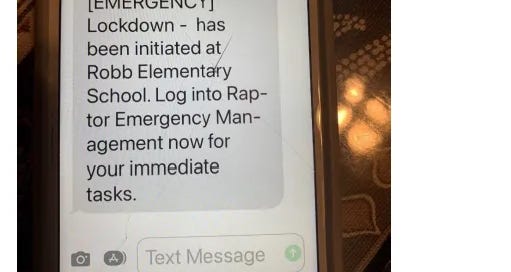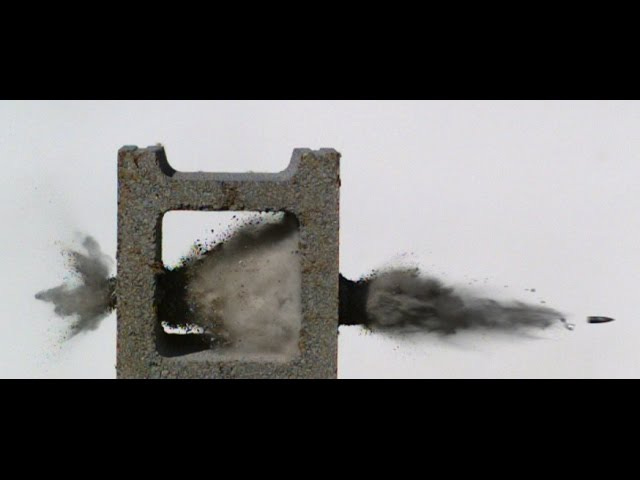Three Key Findings Every School Should Know from DOJ Report on Uvalde
Chapter 7 of the 575-page report covers observations and recommendations about school safety and security.
There is a difference between reading recommendations in a report and taking meaningful steps to solve problems. For parents, teachers, and school officials, the most important and actionable information in the DOJ Report on the school shooting at Robb Elementary is the recommendations about school safety and security.
Within nearly 300 findings and recommendations, there are three that I believe are critically important for every school to consider:
Students and staff were killed and injured while following classroom lockdown procedures by bullets that penetrated multiple walls of the school.
Emergency alerts depended on staff having cell service on their personal phones and logging into a 3rd party app to open the message.
DOJ recommends that every police officer is given a master key to the entire city.
1. Ineffectiveness of Classroom Lockdowns
Chapter 7. School Safety and Security. Observation 16: Lockdown procedures are predicated on a locked door, impenetrable doors and walls, and other physical security that did not exist at Robb Elementary. One teacher at Robb was shot through several walls and many other teachers and students were at risk of the same fate, given the high-powered rifle used in the attack.
Recommendation 16.1: UCISD must reconsider the preeminence of the lockdown procedure in a dynamic, evolving situation, where the risk of remaining in place may outweigh the risk of finding a way to exit the area, which in the incident at Robb Elementary led to UCISD staff and students running into the building to lock down. Teachers, staff, and students must be provided with options for protecting themselves and helping to protect others.
The concept of classroom lockdowns—locking the door and having children hide in the corner when a shooter is inside the school—is based on the fatally flawed assumption that bullets will not penetrate classroom walls. Most classroom walls are either hollow concrete blocks or drywall.
Even a small 9mm handgun bullet easily breaks through a hollow concrete block.
A .223 round fired by most AR-15 style rifles—the same gun used in Uvalde, Parkland, Sandy Hook, CVPA High—can remain intact after breaking through both sides of a concrete block.
Students are not safe hiding inside a locked classroom when there is a gunman inside the school. When shots are fired, students and staff need to start evacuating as quickly as possible and get far away from the campus. A simple saying is “when you hear a gun, run run run”.
Getting students away from a school shooter is a proven life-saving practice. At The Covenant School in Nashville, a teacher evacuated a class of kindergarteners who were quickly taken in by a neighbor.
It is critical for school officials to work with neighbors, businesses, churches, and community leaders to plan for rapid evacuations during an emergency. If community members who live and work around the campus subscribe to emergency notifications sent from the school, they can be outside and ready to take in students who evacuated during a shooting.
Instead of the fear and danger from locking down inside a classroom, community members can provide a safe and emotionally supportive environment for students during an emergency.
2. Wifi Coverage on Campus
Chapter 7. School Safety and Security. Observation 13: The poor reception (Wi-Fi and cell) issues at Robb Elementary are well documented. While the Raptor alert was promptly initiated through the system, it was not received by all teachers and staff.
Keep reading with a 7-day free trial
Subscribe to School Shooting Data Analysis and Reports to keep reading this post and get 7 days of free access to the full post archives.





